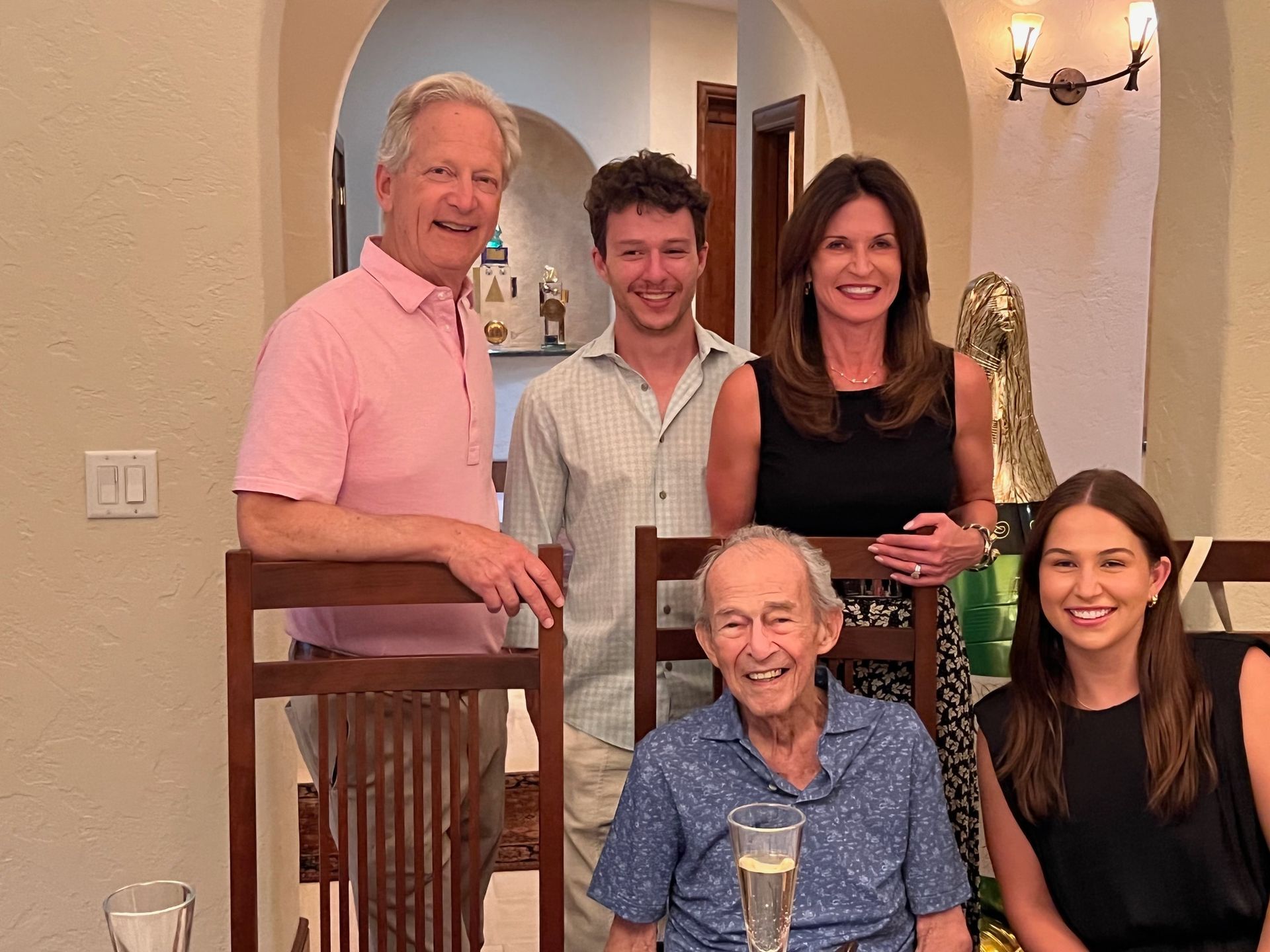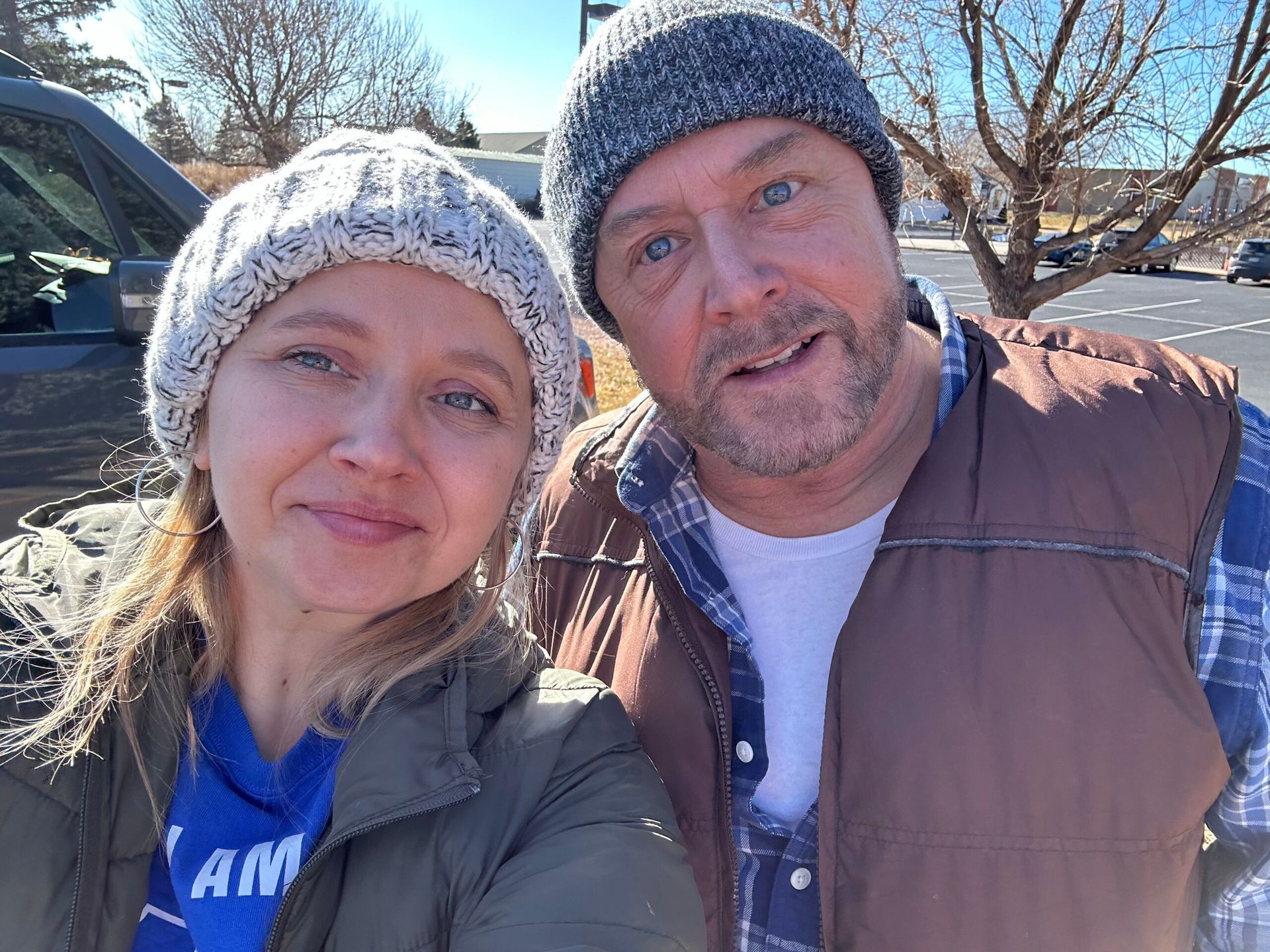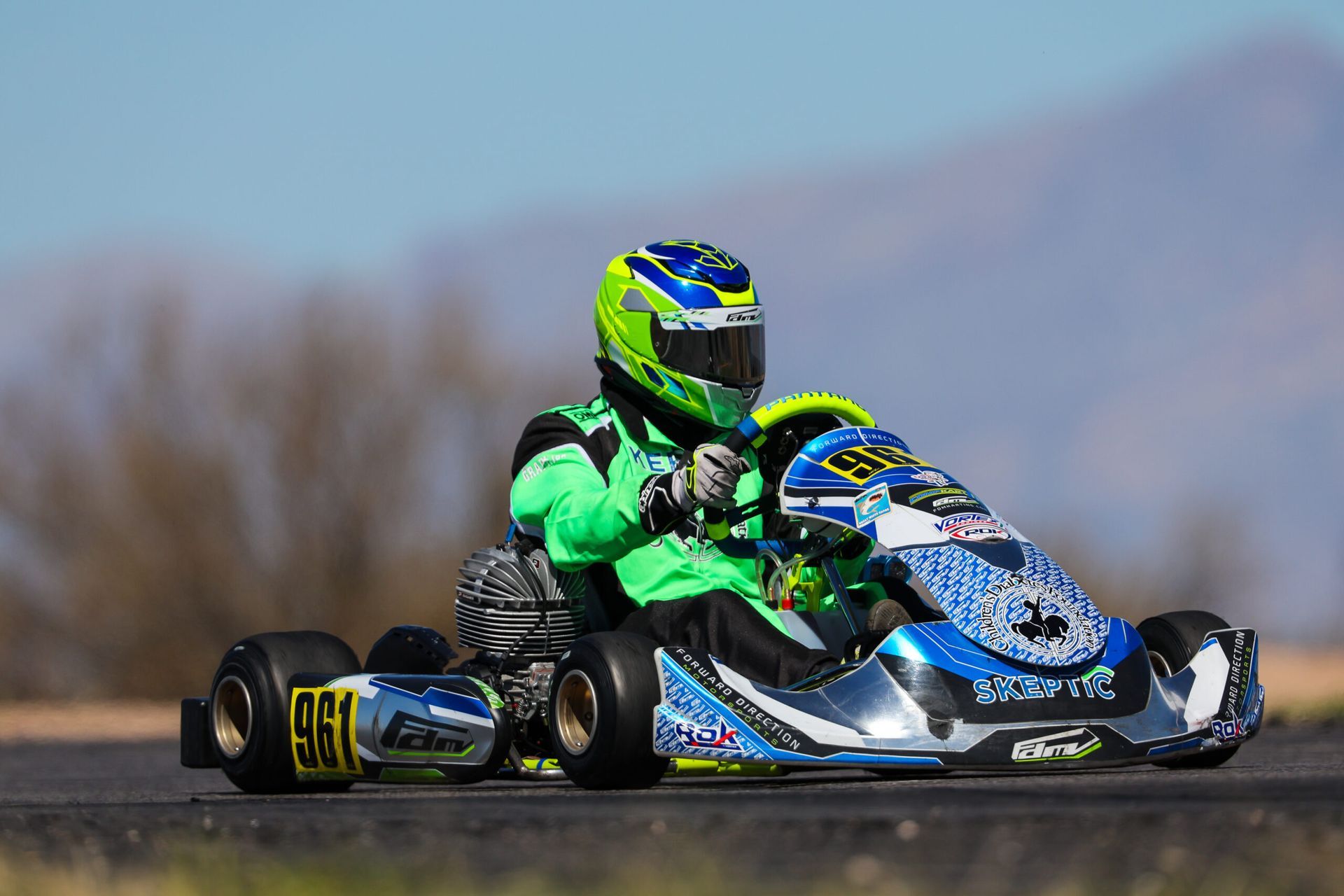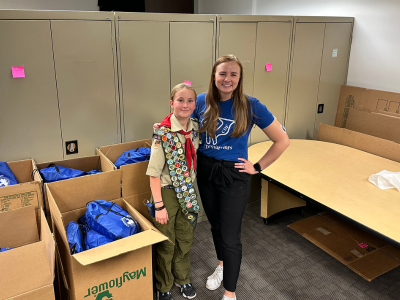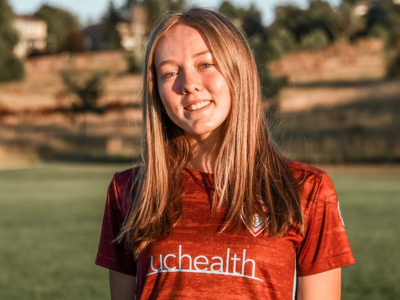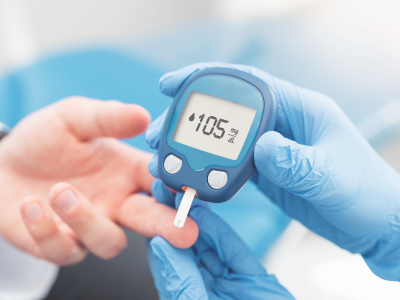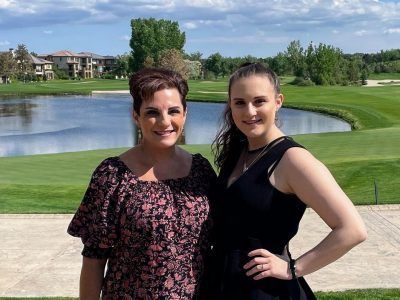43RD ANNUAL SPRING BRASS RING RAISES NEARLY $115,000 FOR PEOPLE WITH TYPE 1 DIABETES

(DENVER — April 14, 2021) – Emcee Brit Moreno, from the CBS4 morning show, and featured fashion designs by Lourdes Chavez lent their talent and style to the Spring Brass Ring Virtual Fundraiser & Silent Auction on Thursday, April 8, 2021. The event raised nearly $115,000 in donations and silent auction bids to benefit The Guild of the Children’s Diabetes Foundation and the Barbara Davis Center for Diabetes (BDC). People with type 1 diabetes from the BDC and their families were featured, along with their physicians, who highlighted the comprehensive services and support provided by the center. The event closed with a virtual advocate fashion show featuring children with type 1 diabetes in their fanciest outfits.
Brit kicked off the annual Spring Brass Ring with some staggering statistics about type 1 diabetes and the impact of the BDC. Over 75,000 children and adults, including 85% of children with type 1 diabetes, are currently being seen at the BDC. Over the last three years the number of people living with type 1 diabetes has grown nearly 30%, to 1.6 million. Of those, more than 180,000 are children younger than 20 years old. Increasing diagnoses emphasize the importance of the Spring Brass Ring – which is the largest fundraising event of the year hosted by the Guild.
Event proceeds benefit the Guild of the Children’s Diabetes Foundation to fund research, promote diabetes awareness and education, assist families in need, provide scholarships, and sponsor activities for children and their families. The Guild is a volunteer membership group of the Children’s Diabetes Foundation and the Barbara Davis Center for Diabetes with nearly 300 members dedicated to the tireless fight to conquer diabetes.
After recognizing event sponsors and giving a heartfelt thank you to the teams who made this virtual event possible, Brit introduced Type 1 Hero Everly Gouker, age 6, to give an opening prayer. Guild President Lisa Corley wore an exquisite pink Lourdes Chavez design while introducing event co-chairs Dave Barnes and Scottie Taylor Iverson. More Lourdes Chavez one-of-a-kind designs and sketches were showcased, and Lisa announced that Lourdes Chavez will be the featured designer at next year’s in-person Spring Brass Ring. Dr. Todd Alonzo, Associate Professor and Assistant Medical Director at the BDC, provided an overview of patient care, the multi-disciplinary team, and the emotional and educational process families go through during and after diagnosis.
Casey and Charity Hadford understand this process all too well. Three out of their four children were diagnosed with type 1 diabetes within just a year and a half – and the BDC was there for all of them. Casey and Charity shared their experiences with the nurses, educators, and social workers at the BDC, who were hands-on with their support during each traumatic diagnosis. Charity says she got the greatest relief from a social worker who validated and assured her that grieving is a normal and acceptable part of this journey.
Xiomara Hernandez, who was diagnosed at age 14 in December 2020, was also featured alongside her Spanish-speaking mother and father, Juanita and Sergio Hernandez. The family expressed how thankful they are to the BDC for taking them in like family during such a shocking time. The Hernandez’s said they felt confident asking questions and gaining the education necessary for Xiomara to manage her diagnosis and treatment without fear. Sergio says, “My family is stronger and more united because of the BDC.”
Using these emotional and inspiring stories as the backdrop, the 2020 Colorado State Champion Auctioneer, Halie Behr, kicked-off the fundraising. Donned in another gorgeous Lourdes Chavez dress, and with the help of Dr. Alonzo, Halie described the impact of donations at every level. From $25,000 to $25, all donations support the insulin, supplies, and medical care necessary. Life sustaining costs for type 1 diabetes is more than $20,000 a year without medical insurance. Even though more than 40% of BDC patients are not insured or under insured, and more than 35% of families are living at or below the poverty level, no child is turned away from the BDC. These critical donations go toward everything from meal assistance, travel accommodations, and emergency support, to life changing insulin pumps, artificial pancreas technology, and glucose meters. Donations at all levels provide necessary resources to manage this life-threatening diagnosis and make living with diabetes more manageable.
With donations flooding in, Dr. Shideh Majidi, Assistant Professor, Pediatric Endocrinology, announced a new program coming to the BDC to support diabetes care from childhood to adulthood. The program addresses a common spike in both AIC levels, and family conflict, during adolescence. As children grow and become more independent, new activities – like school, sports, sleep overs, parties, and college – present new demands to diabetes maintenance. Overall, the program will support increasing autonomy and normal adolescent behavior as it relates to diabetes care.
The event closed with an advocate fashion show, including accessories provided by Dan Sharp Luxury. Type 1 models showed off their fancy looks and beautiful smiles as they walked the runway to the delight of event participants. Models included Emerson Weis, Corinne Watne, Keaton Isakson, Everly Gouker, Frankie Hodgson, Keller Sears, Margot Rea, Miles Scott, Alice Hanson, Carson Wedding, Ryder Terry, McKenna Deathridge, and Hailey Kiker.
During the event, $61,058 was raised between donations and the silent auction, which opened April 1. With just an hour left to donate and bid, the Guild raised a grand total of nearly $115,000 towards their goal of $130,000. Donations are still coming in to benefit the Children’s Diabetes Foundation.
Premier sponsors for the 43rd Annual Spring Brass Ring include The Crazy Merchant, Inc., iCIMS Talent Cloud, and Steve & Shelley Lucas. Official media sponsors: Colorado Expression Magazine, and Colorado Homes & Lifestyles Magazine. Angel sponsors: Cigna, Nexgen, and Judy & Charlie McNeil. Corporate sponsors: The Corley Legacy Foundation, G5 Financial Group, Morgan Stanley, Dan Sharp Luxury, Sterling Ranch Colorado, and Syntrinsic Investment Council. Media partners: CBS4, KBCO, and The Villager Newspaper.
For more information about the event visit https://www.childrensdiabetesfoundation.org/event/2021-spring-brass-ring/
Event Hashtag: #SpringBrassRing
Website: ChildrensDiabetesFoundation.org
Facebook: Children’s Diabetes Foundation
Twitter: @CDFdiabetes
Instagram: @cdfdiabetes
About the Children’s Diabetes FoundationThe Children’s Diabetes Foundation is the fundraising arm of the Barbara Davis Center for Diabetes, focusing on patient support, diabetes research, and public awareness. The Children’s Diabetes Foundation, located in Denver, was established by Barbara and Marvin Davis in 1977 after their daughter, Dana, developed diabetes at the age of seven. The non-profit organization is dedicated solely to the support of research in diabetes and to provide the best possible clinical and educational programs for people with the disease. The Foundation’s mission is to raise funds to support the Barbara Davis Center for Diabetes and its world-renowned research programs, where thousands of patients with type 1 diabetes, children and adults alike, receive the finest diabetes care available. Thanks to the generous funding provided to the Center, all patients are welcome, regardless of their financial status.
